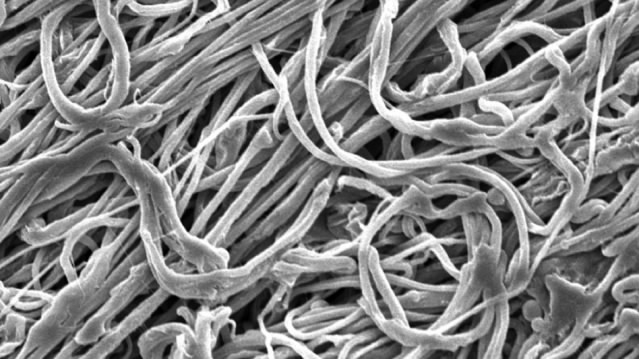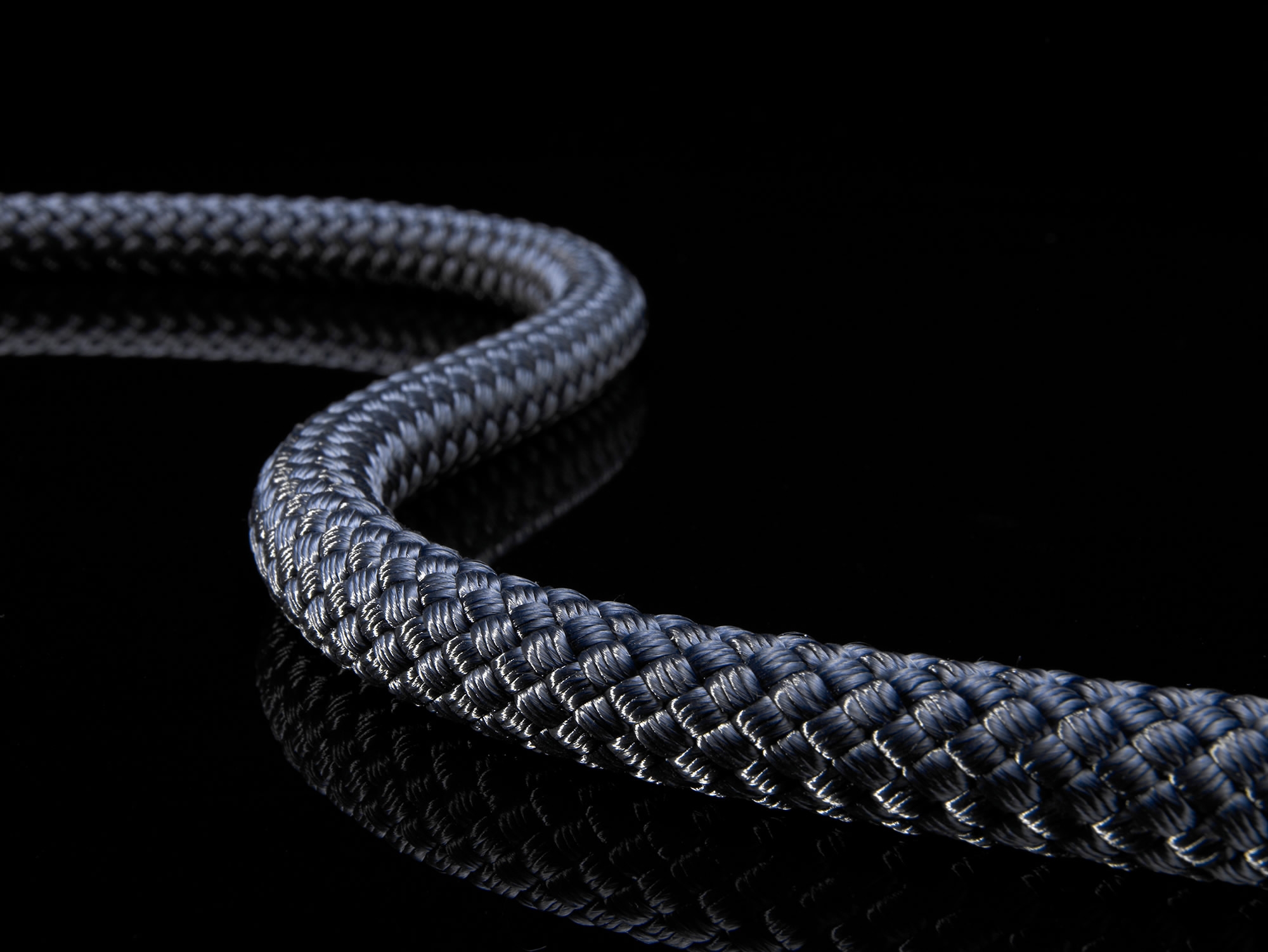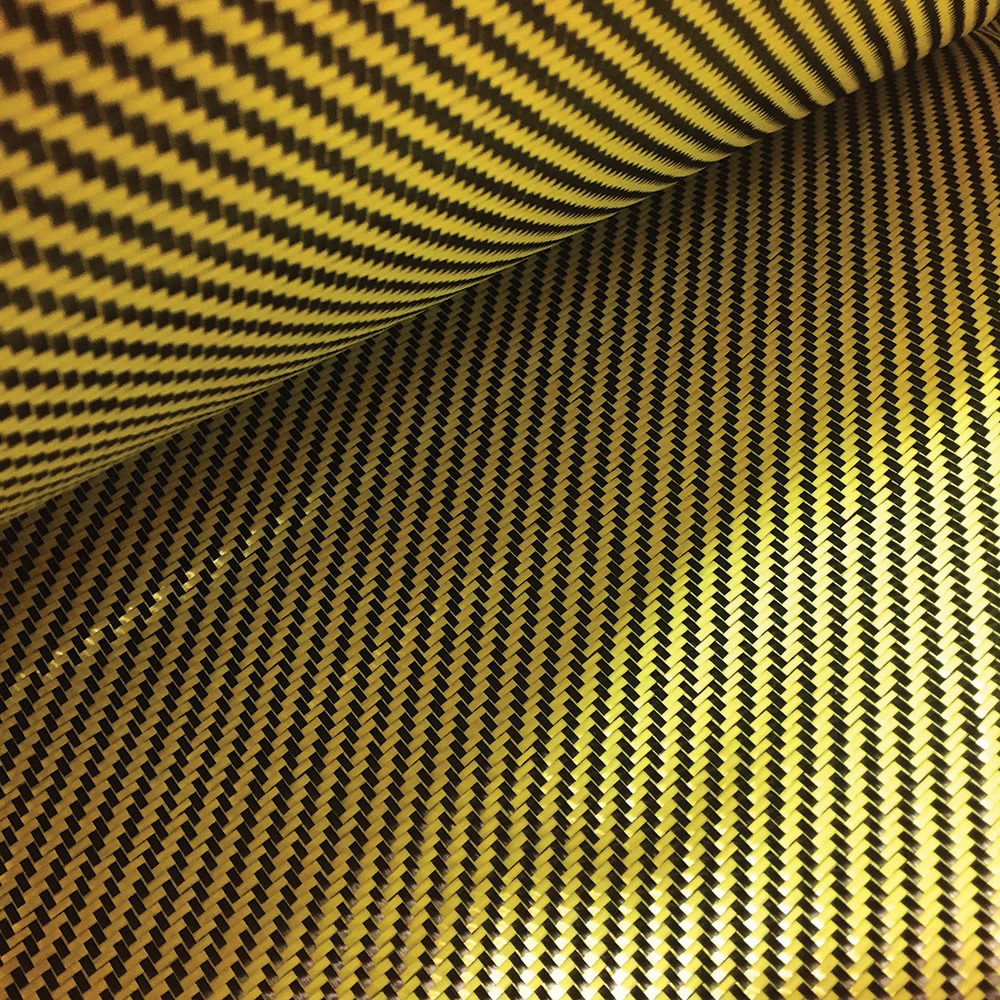
Tech & Sci
20:55, 07-Jan-2018
MIT developed new ultrafine fibers with exceptional strength
CGTN

Researchers have developed a new process to produce ultrafine but exceptionally strong and tough nanofibers that can possibly be used to manufacture protective armor, the Massachusetts Institute of Technology (MIT) announced.
The research, conducted by Gregory Rutledge, MIT professor of chemical engineering, described the new process as gel electrospinning. In order to make the new-generation nanofiber, Rutledge and his team worked hard to eliminate the traditional tradeoffs of material science, which either sacrifice strength for toughness or vice versa.

Concept picture/Dyneema Photo
Concept picture/Dyneema Photo
The new process adds electrical forces to a variation of a traditional method called gel spinning, which can produce ultrafine fibers of polyethylene that match or exceed the properties of some of the strongest fiber materials, such as Kevlar and Dyneema. Kevlar and Dyneema are top high-performance materials widely used in the production of bullet-stopping body armors or ropes for extreme conditions.
Compared to carbon fibers and ceramic fibers, the new gel-electrospun polyethylene fibers have similar degrees of strength but are much tougher with lower density, which outperform the standard materials by a wide margin, Rutledge said.
He said the new gel-electrospun fibers seem to combine the desirable qualities of strength, stiffness and toughness in ways that outperform glass fibers or steel wire.

Kevlar fabric./Wikipedia Photo
Kevlar fabric./Wikipedia Photo
Owing to the electrical forces added to the conventional gel spinning process, which is a single-stage process rather than the multiple stages commonly known in the traditional method of production, the MIT researchers are able to get much more highly drawn fibers with diameters of a few hundred nanometers rather than the typical 15 micrometers.
Unlike the fibers drawn out in the conventional way of mechanical pulling, the electrically drawn fibers induce a "whipping" instability process that produces their ultrafine dimensions, which give the fibers unique properties that make protective materials much stronger but less bulky.
The scientists believe that level of toughness of the fibers has a promising prospect for many future applications.
Source(s): Xinhua News Agency

SITEMAP
Copyright © 2018 CGTN. Beijing ICP prepared NO.16065310-3
Copyright © 2018 CGTN. Beijing ICP prepared NO.16065310-3